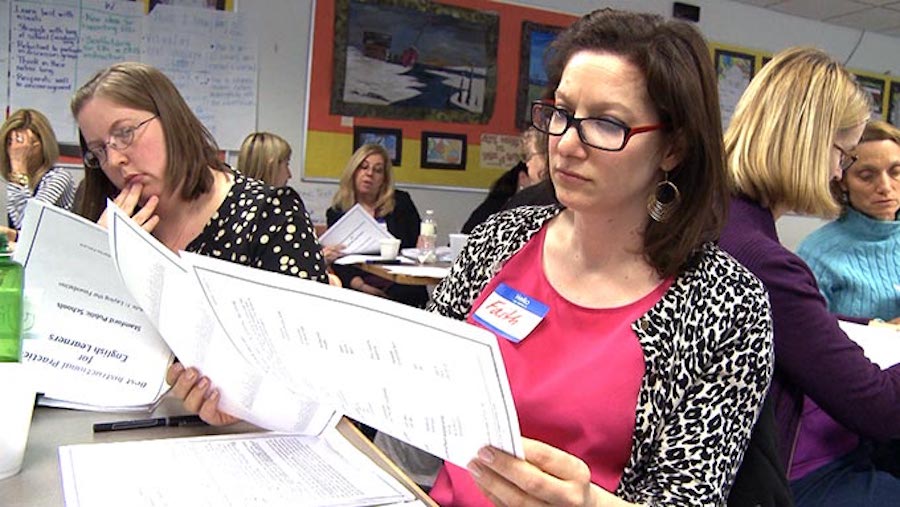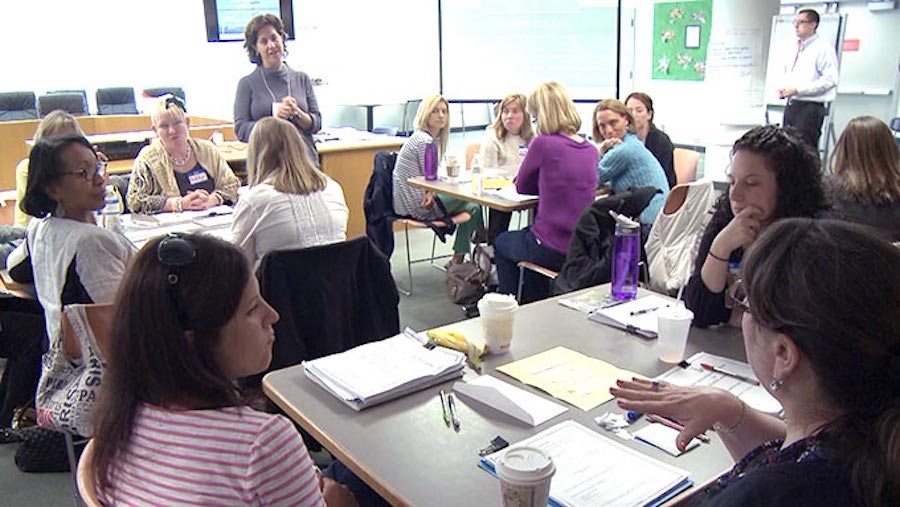The Training for All Teachers Program (TAT) Program is a training program, funded by the U.S. Department of Education. Its purpose is to train K-12 educators on the best practices for English learners (ELs). This grant program offers scholarships, three-credit courses, and teacher workshops and maintains a state-wide ELL curriculum library.

Southern Connecticut State University's (SCSU's) Training for All Teachers (TAT) Program embodies the belief that the education of English learners (ELs) is the responsibility of an entire school system. The TAT Program has been awarded a new federal grant, allowing us to continue our work, beginning in Fall, 2011 through Spring, 2016. We plan to build on what we have previously developed and to improve and expand on what we have learned from the past two grant projects. In partnership with the New Haven and Hamden, CT School systems the TAT Program program provides training to a substantial number of in-service, mainstream classroom teachers, on how to best educate the English learning students in their mainstream classrooms.
Components of the two previous federally funded grants, which will continue in the new grant, include:
- Scholarships for mainstream teachers to obtain MS/TESOL degrees and accompanying ESL and/or bilingual education state teaching credentials;
- Professional development (PD) for CT teachers, administrators, and student service personnel;
- Expansion of EL curriculum housed as an EL curriculum library for teachers' use throughout the state of CT.

New components of the TAT Program, 2011-2016, include:
- A targeted focus on scholarships for math and science (STEM) teachers, grades 3-12, and on math and science curriculum development for teachers, grades K-2;
- A targeted focus on math and science curriculum development for ELs through newly added PD programs, to include summer week-long curriculum institutes for teachers;
- Improved and expanded assessment strategies: gathering, analyzing and assessing both quantitative and qualitative teacher and EL student data for teachers' formative use, and for program's summative and formative use;
- Expansion of our scholarship and PD offerings beyond large urban districts to smaller districts with less ELs but with significantly growing populations of ELs;
- Expansion of our PD offerings to include training for paraprofessionals and tutors;
- Insurance of the project's future beyond the scope of the grant, by the expansion and digitizing of our ELL curriculum library, the addition of a "What Works in CT" section, and by the scholarship support of future credentialed experts in the
